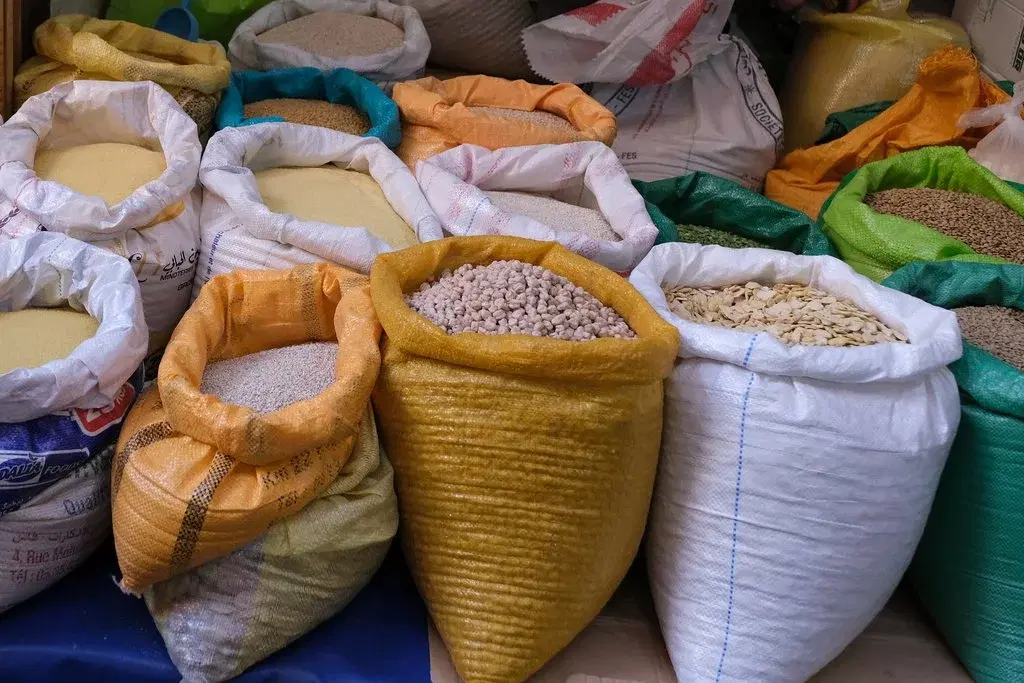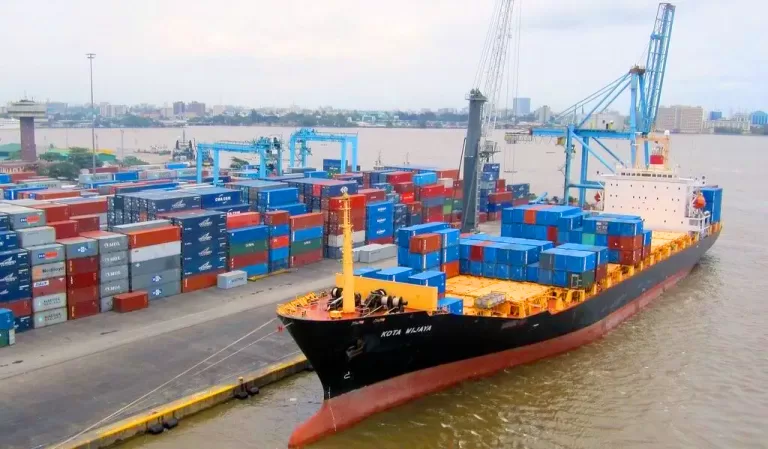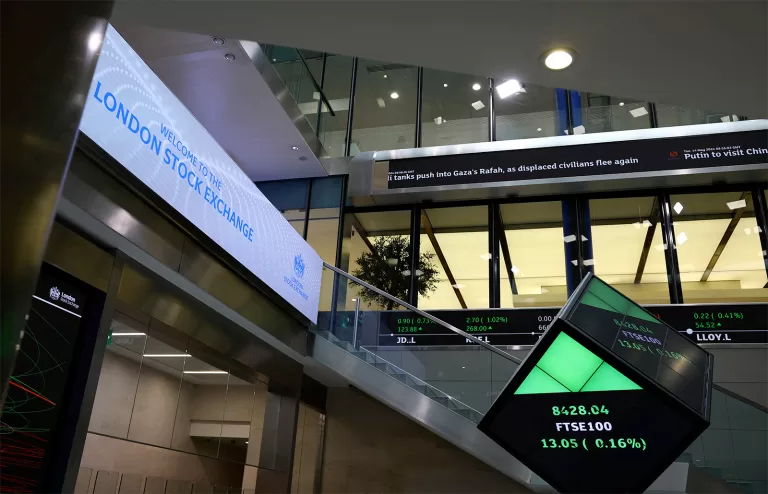
Northern Nigeria is facing a devastating food crisis, with over 11 million people in the region suffering from severe food insecurity, according to a recent report by the World Food Programme (WFP). The crisis, fueled by a combination of violent conflicts, economic hardship, and climate change, has pushed millions to the brink of starvation.
While food insecurity exists across the country, northeastern and northwestern states are the hardest hit. The reasons behind this regional disparity highlight deeper structural and security challenges.
Conflict and Insecurity Devastate Agriculture
The northeast has been a battleground for over a decade, with Boko Haram and ISWAP insurgencies displacing millions and destroying farmland. In the northwest, criminal banditry and kidnappings have forced many farmers to abandon their fields, leading to a sharp decline in food production. Meanwhile, the Middle Belt (north-central Nigeria) continues to experience farmer-herder conflicts over dwindling land and water resources.
These security threats make farming nearly impossible in many areas, forcing communities to rely on food aid or expensive imports. In contrast, the south has remained relatively stable, allowing agricultural activities to continue with fewer disruptions.
Climate Change Worsens Food Shortages
Northern Nigeria is particularly vulnerable to desertification and erratic weather patterns, making farming increasingly difficult. Frequent droughts and flooding have devastated crops, particularly in Kebbi, Jigawa, and Zamfara. While climate change affects all regions, southern Nigeria benefits from better rainfall and a more favorable agricultural climate.
Economic Hardship and Rising Food Prices
Nigeria’s soaring inflation has worsened food insecurity nationwide, but the north’s higher poverty levels make it even harder for families to afford basic meals. With many in the region dependent on subsistence farming, the collapse of agricultural output has left millions without income or food. The south, with its more diversified economy—including trade, industry, and oil production—has more economic buffers against rising costs.
Poor Infrastructure Limits Market Access
Many northern states lack the roads, storage facilities, and irrigation systems needed to support large-scale farming. Without reliable transportation, even available food struggles to reach hungry communities. The south’s better infrastructure and access to ports ensure a steadier supply of both local and imported food.
Government and Humanitarian Response
The Nigerian government, along with international agencies like the WFP and UNICEF, has launched multiple interventions, including food distribution and nutrition programs. However, the scale of the crisis continues to outpace relief efforts, raising concerns of a looming humanitarian disaster.
A Call for Urgent Action
Experts warn that without immediate action, food insecurity in northern Nigeria could spiral further out of control. Strengthening security, improving infrastructure, and investing in climate-resilient agriculture are key to reversing the crisis.
As the nation grapples with this challenge, policymakers must focus on long-term solutions to ensure that all Nigerians—regardless of region—have access to sufficient and affordable food.







